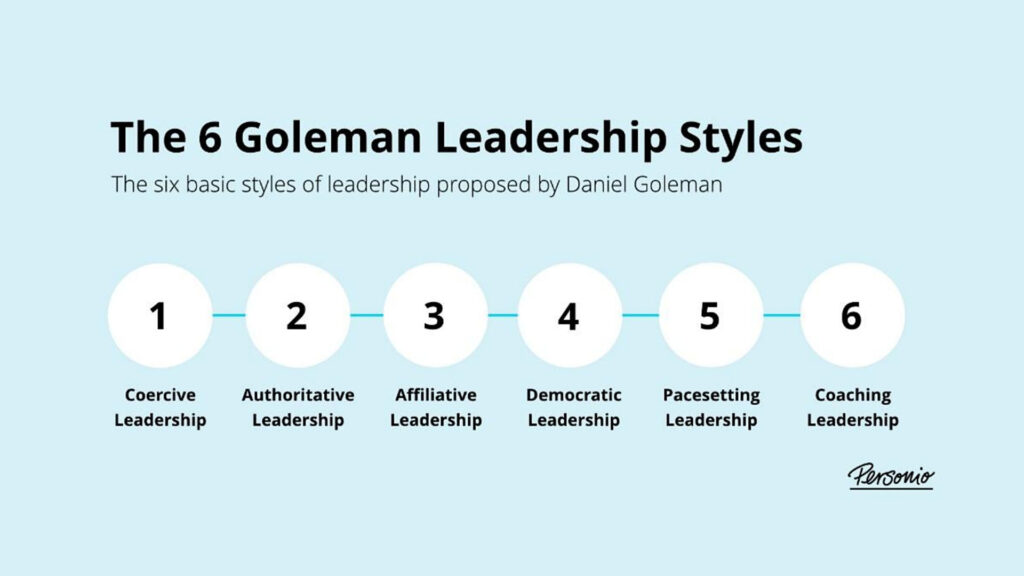
Are you the Problem or the Solution?
When the pressure’s on and deadlines loom, a leader’s actions can either steady the ship—or sink it.
Leadership isn’t just about authority. It’s about impact. And like it or not, that impact is either helping your team thrive—or holding them back.
The Cambridge Dictionary defines a leader as “a person in control of a group, country, or situation.” But that’s only part of the story. Real leadership isn’t about control—it’s about influence, trust, and responsibility.
Daniel Goleman, a leading voice in emotional intelligence, identified six leadership styles.

These have shaped countless leadership development programs, for good reason. They remind us there’s no single “right” way to lead—just the right way for right now.
A commanding style works in a crisis. An affiliative approach helps in times of conflict. Visionary, democratic, pacesetting, coaching—each has its place. But the key is agility. The best leaders don’t stick to one style. They adapt. They read the room. They evolve.
And yet, many leaders we coach say they want to be “authentic”—which they interpret as being consistent and logical in all situations. Sounds admirable, right? But authenticity without adaptability quickly becomes rigidity. And rigid leaders are rarely effective in unpredictable times
Today’s world demands more. It demands leaders who are self-aware, emotionally intelligent, and willing to look in the mirror and ask:
Am I part of the solution—or part of the problem? Start with Awareness…
Take a few minutes to check your leadership style: What’s Your Leadership Style? (MindTools)
You might be surprised. You might be validated. Either way—it’s a wake-up call.
Now, reflect:
What are you doing right?
- Do you inspire your team to go the extra mile?
- Are you creating a culture where people can thrive?
- Are your values aligned with the organisation’s?
- Are you delivering results and building relationships?
If yes—you’re part of the solution.
But let’s go deeper
Where might you be part of the problem? Do you:
- Always assume you know best?
- Let the loudest voices get your attention while the quiet ones go unheard?
- Believe emotions should be checked at the door?
- Abdicate responsibility under the guise of “empowering” others?
- Expect 24/7 availability and call it dedication?
If any of that sounds familiar—it’s time to course-correct.
You and Your Team: A Mirror
When a leader complains about their team, we pay attention. Because strong teams often reflect strong leadership. And struggling teams? Well, they usually tell a story, too.
You can’t separate the two.
Jacinda Ardern put it beautifully:
“To me, leadership is not about necessarily being the loudest in the room, but instead being
the bridge, or the thing that is missing in the discussion and trying to build a consensus from
there.”
The best leaders don’t overpower—they empower. They don’t dominate conversations—they build them. They don’t play one note—they conduct an orchestra.
Good vs. Great
- Good leaders build products. Great leaders build cultures.
- Good leaders deliver results. Great leaders develop people.
- Good leaders have vision. Great leaders live their values.
- Good leaders are role models at work. Great leaders are role models in life.
— Adam Grant
So… which one are you becoming? Great leaders are not born, they are developed over time through experience, reflection, self-development and commitment.
Let us help you become the leader your team needs:
Best for you. Best for your team. Best for the world.
Contact us: Info@chameleonskills.com and let’s talk. You can also visit our website for more information.
